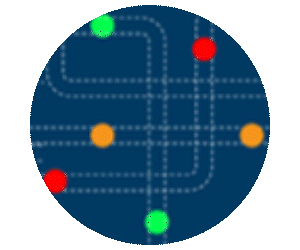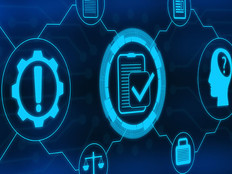How Does Data Center Consolidation Apply to App Rationalization?
Application rationalization can play a major role in helping governments streamline and simplify IT operations.
Reviewing, modifying and potentially eliminating existing applications “directly relates to potential infrastructure and data center consolidation,” Ramirez says. Both application portfolio reviews and infrastructure upgrades aim for improved performance at a lower cost. Modernization and rationalization “are tightly aligned from that perspective.”
In the process of application rationalization, “you may conduct an assessment of the underlying infrastructure that can directly play into the data center consolidation, and vice versa,” he says. “If you’re going through the process of data center consolidation, one of the things that you need to do before you consolidate your hardware resources is to understand what’s running on it.”
State and local agencies have good reason to consider rationalization as they look to solve the problems that can arise from legacy infrastructure.
“The greater the number of data centers in the public sector, the more they serve as a breeding ground for application sprawl — single-use, custom-built applications that tend to be a drain on resources,” says Hrishika Vuppala, senior partner leading the public sector technology practice at McKinsey. “Data center consolidation and infrastructure consolidation provide an opportunity to inventory and evaluate the entire portfolio through a lens of application rationalization.”
When organizations undertake that effort, “we would find that about 20 to 30 percent of applications could be phased out,” consolidated, or replaced — for instance by Software as a Service, he says.
EXPLORE: State and local agencies should seize the moment to enhance digital services.
How Does Application Rationalization Support Shared Services?
State and local governments are increasingly looking toward a shared services IT model, in which the same resources are used by multiple agencies or departments.
It makes sense for states to adopt shared services, as many functions overlap across agencies and departments. Often at the state and local levels, “multiple departments have applications that do a lot of the same things,” Vuppala says. “They verify eligibility, they manage and store documents, and they process payments.”
With an eye toward reducing redundancies and improving the citizen experience, “application rationalization and shared services are complimentary strategies,” she says. “When they’re implemented together, they contribute to more efficient, cost-effective outcomes.
Both application rationalization and the shift to shared services “aim to reduce costs and enhance the overall effectiveness of an organization,” Ramirez says.
“With shared services, the agency has identified potential areas where it can consolidate the services into a centralized, managed capability. There’s the standardization of business processes, reduced application redundancy and leveraging the integration of systems,” he says.
With application rationalization process, “those redundant applications and processes are identified and eliminated,” he says. “The shared services part can then focus on a streamlined set of applications and processes. You’re avoiding duplication of effort and resources.”











